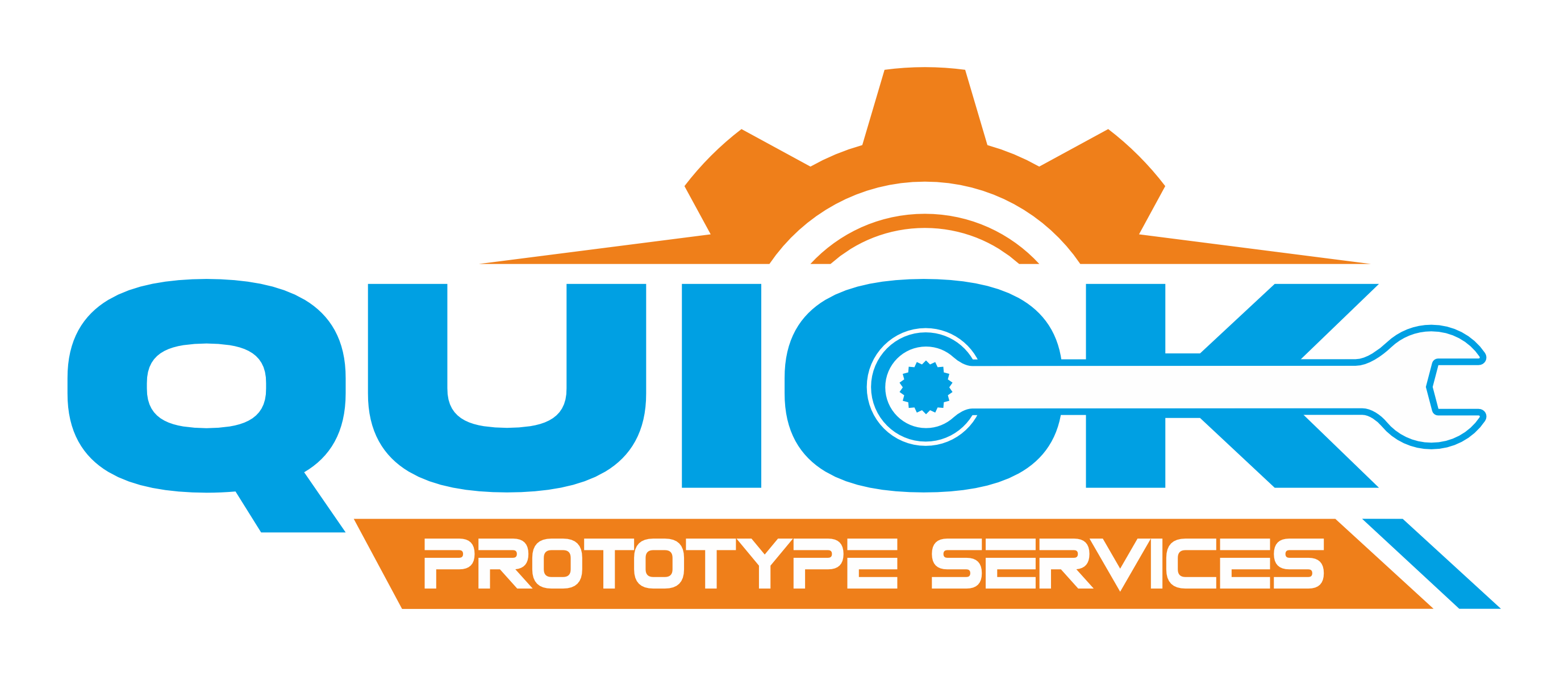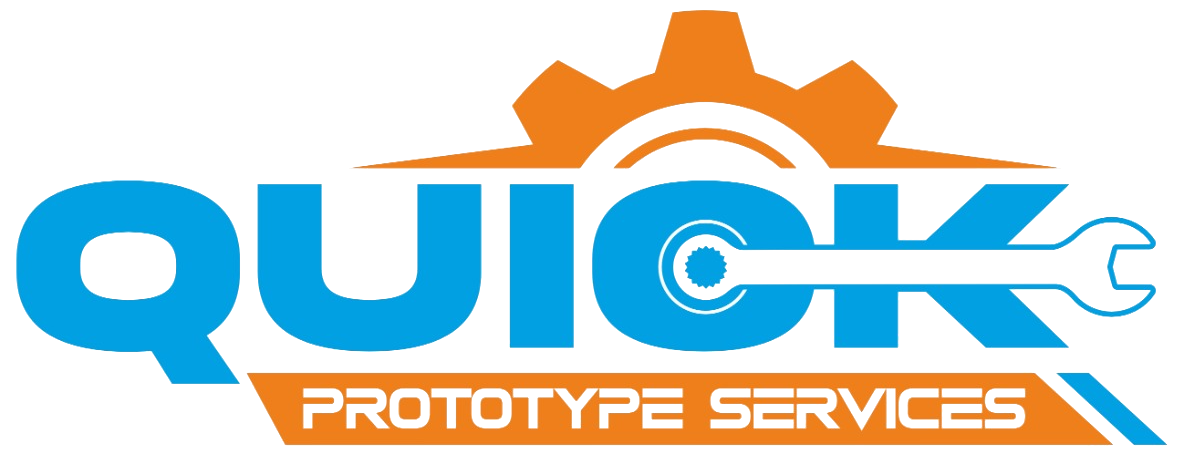About Aluminum
Aluminum, prized for its versatility, offers exceptional properties for CNC machining. Renowned for its machinability, weldability, and corrosion resistance, aluminum finds extensive use across industries. With a high strength-to-weight ratio and good temperature resistance, it’s favored for diverse applications.
Features of Aluminum:
Available Aluminum Compositions:
- Aluminum 6061-T6: Yield Strength 35,000 PSI, Elongation at Break 12.50%, Hardness Brinell 95.
- Aluminum 7075-T6: Yield Strength 68,000 PSI, Elongation at Break 11%, Hardness Rockwell B86.
- Aluminum 5052: Yield Strength 23,000 PSI, Elongation at Break 8%, Hardness Brinell 60.
- Aluminum 6063: Yield Strength 16,900 PSI, Elongation at Break 11%, Hardness Brinell 55.
Applications of Aluminum:
- Automotive Industry: Used for car bodies, engine blocks, and wheels due to its lightweight nature, improving fuel efficiency.
- Aerospace Industry: Ideal for aircraft construction, including fuselages and wings, owing to its strength and lightness.
- Construction Sector: Employed in building structures, windows, and facades for its durability and corrosion resistance.
- Electronics: Used in enclosures, heat sinks, and wiring due to its electrical conductivity and thermal properties.
- Packaging: Widely used in cans, foils, and trays due to its lightweight nature and recyclability.
- Consumer Goods: Found in household appliances, furniture, and sporting goods for its versatility and aesthetic appeal.
- Marine Industry: Used in boat building and offshore structures for its corrosion resistance.
- Industrial Machinery: Utilized in industrial equipment and machinery parts for its strength and machinability.
Process and Tolerance:
CNC machining is the primary processes used for working with Aluminum, adhering to ISO 2768 tolerance standards.
Finishing Options:
Aluminum parts can be finished using different methods, including:
- Anodizing: Enhance corrosion resistance and hardness with options like clear, black, or colored finishes.
- Bead Blasting: Achieve a smooth matte texture suitable for visual applications.
- Powder Coating: Opt for durable finishes in various colors and gloss levels.
- Electroplating: Preserve surfaces and resist rust with gloss or semi-gloss coatings.
- Polishing: Attain a smooth, glossy finish tailored to your requirements.
- Brushing: Add aesthetic appeal with brushed traces for a stain-free finish.
- Painting: Customize finishes from matte to metallic with a wide range of color options.
Lear more abour surface finishing
Aluminum’s versatility and range of finishes make it indispensable for a multitude of engineering projects across industries.
Share:


